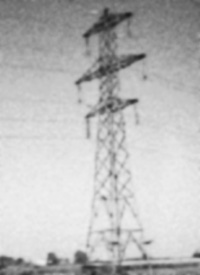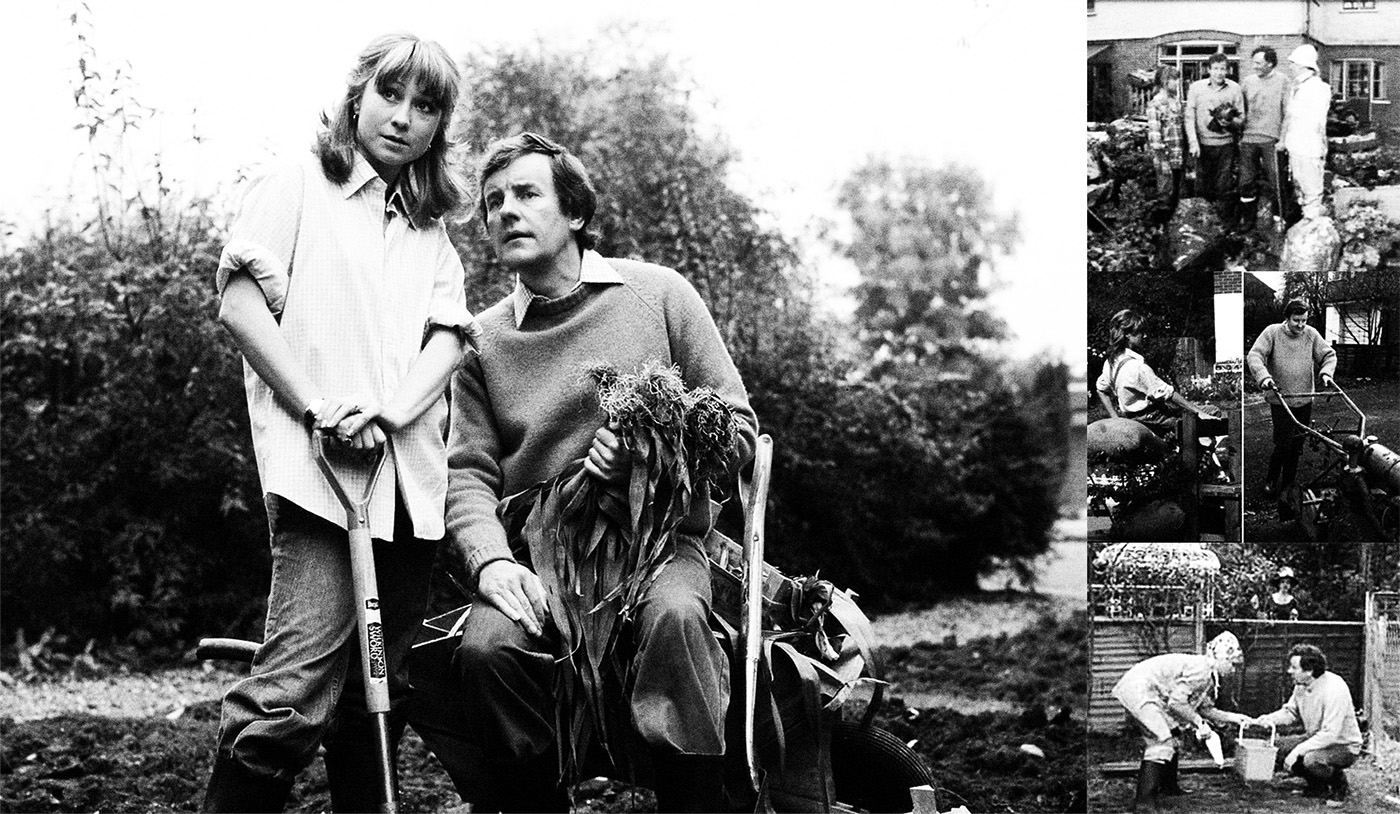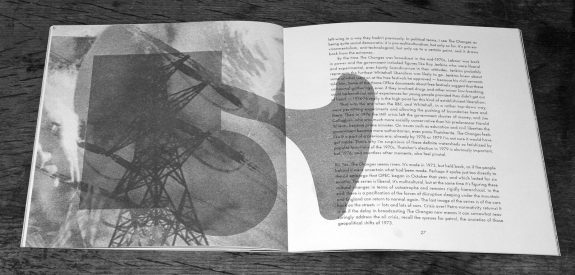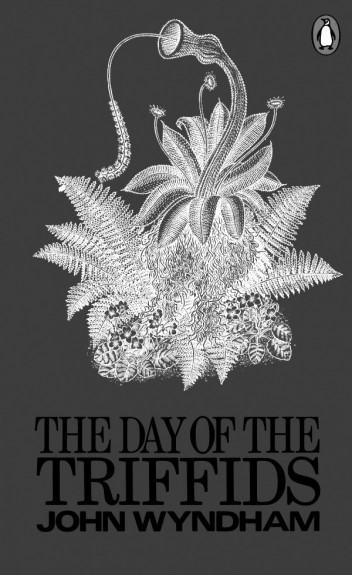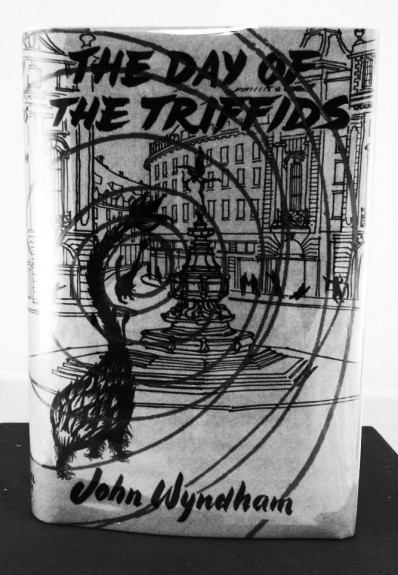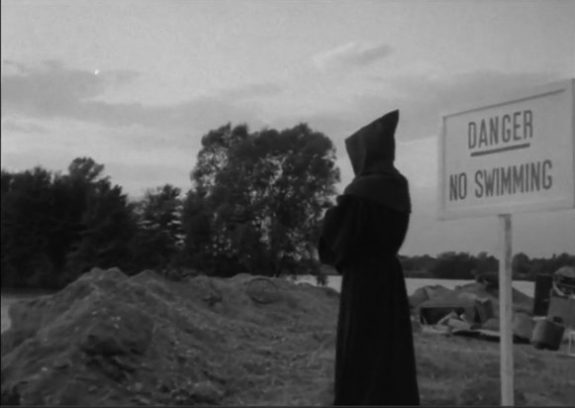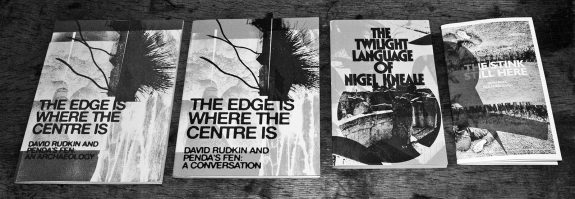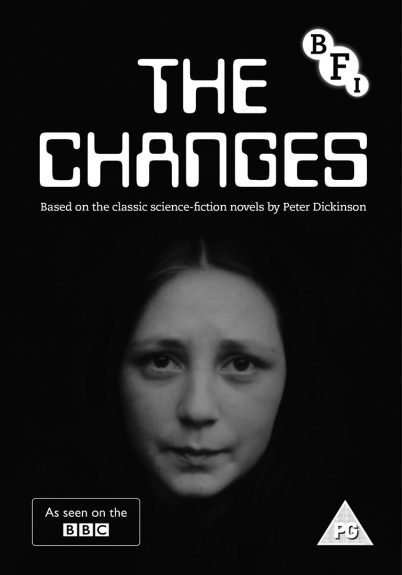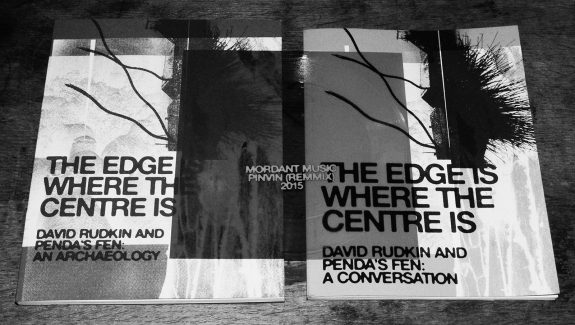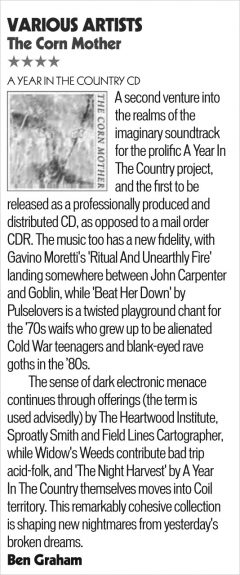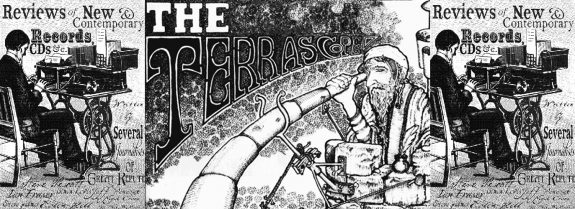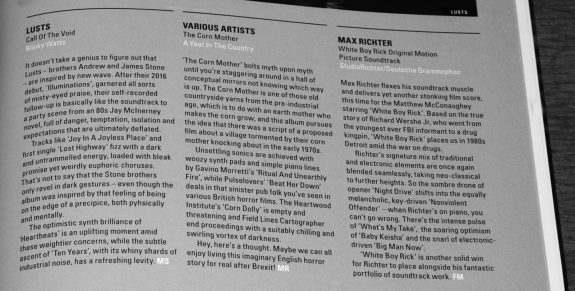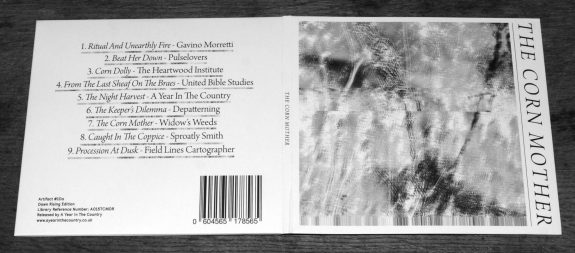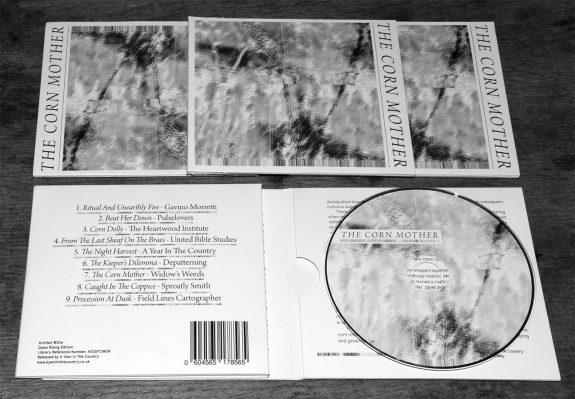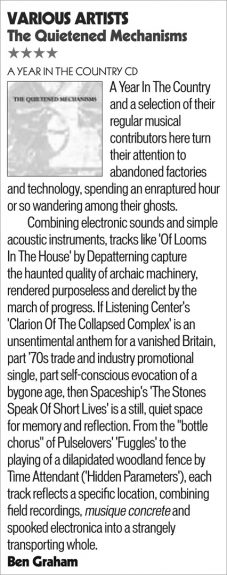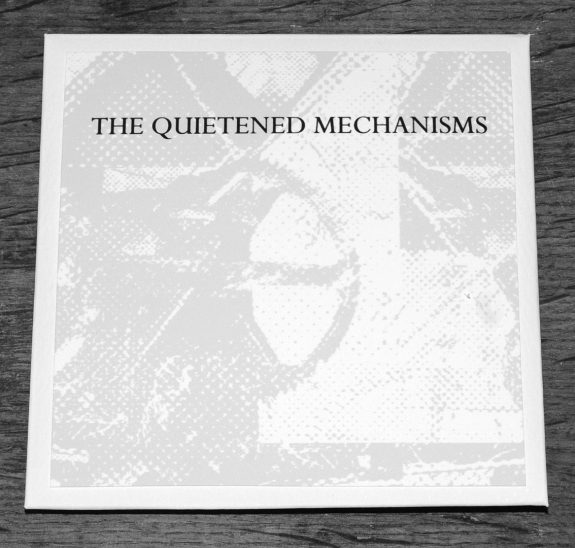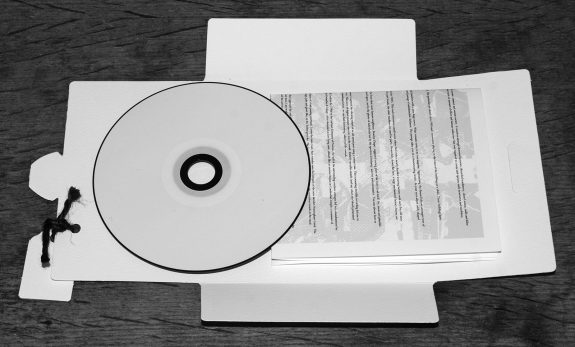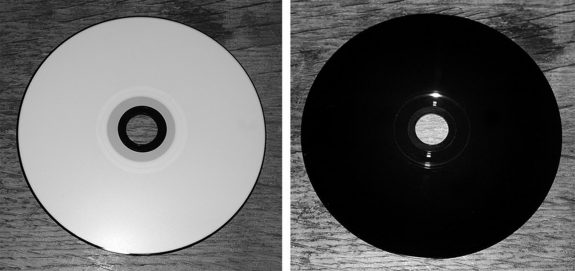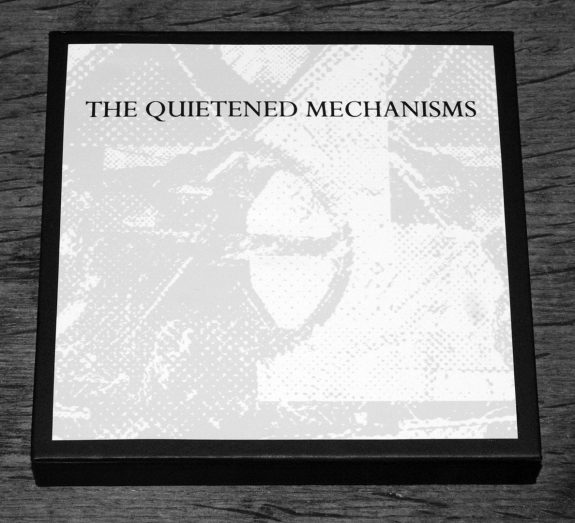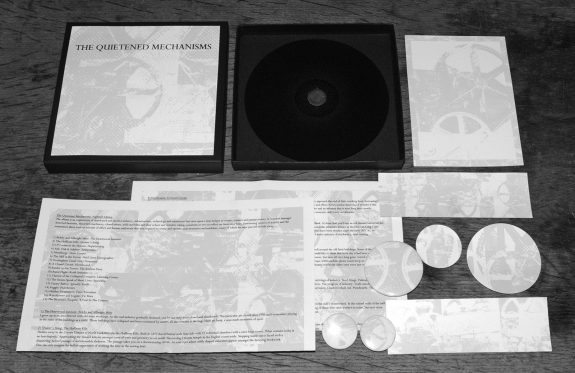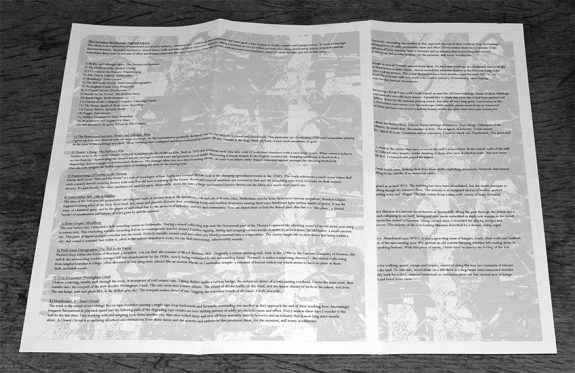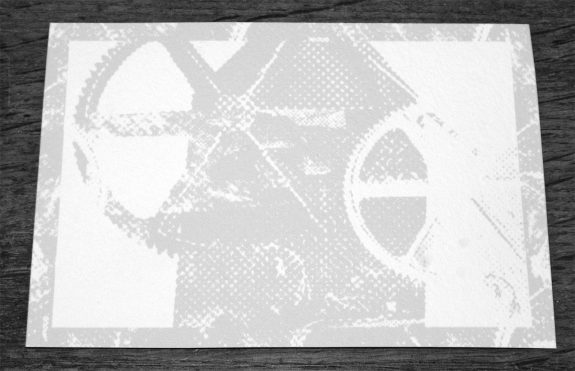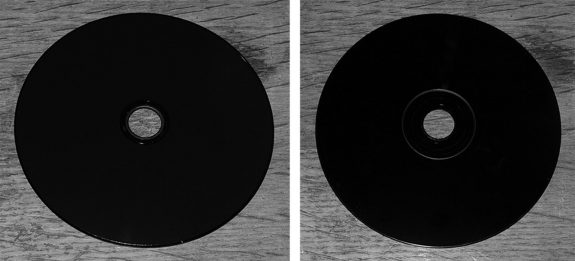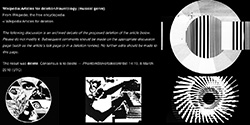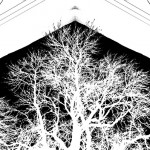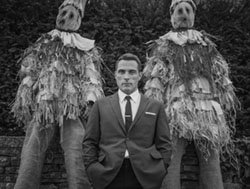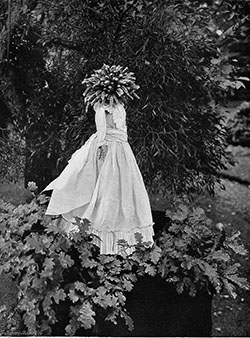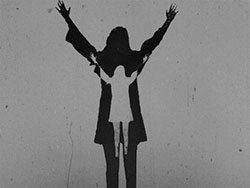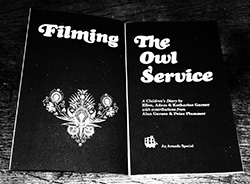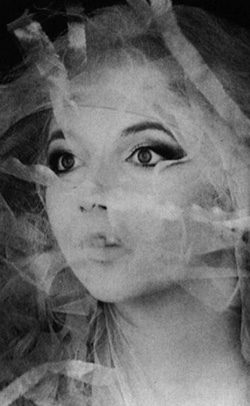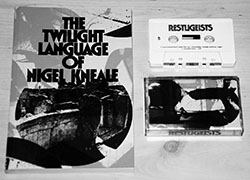This is Part 2 of a post on The Disruption, a booklet published by Texte und Töne that contains a conversation between the authors and academics Andy Beckett and Roger Luckhurst on the television series The Changes which was first broadcast on British television in 1975.
Part 1 of the post can be viewed here.
Below is a continuation of a selective precis of some of the main themes and topics discussed in The Disruption, alongside comments on some of their conversation on the series. Unless otherwise stated sections in italics are direct quotes from the publication:
One of the recurring themes in The Disruption is a reassessment of the history of the late 1960s through to the late 1970s and how it was an ongoing time of experimentation and liberalism to a certain extent within society and culture, rather than as is often suggested such things reaching a peak in 1968 and then there being a well-defined schism and decline afterwards.
They comment that such liberalism was present within institutions such as The BBC in terms of “permitting experiments and allowing the pushing of boundaries here and there” which resulted in the commissioning of work such as The Changes and Penda’s Fen. It could also be found to a degree and at times in the government of the day; Home Secretary Roy Jenkins approved the organisation of free festivals despite being informed by his civil servants of the substance taking and minor law-breaking that went on at such gatherings, with official documents at the time focusing more on the potentially beneficial social aspects for their young attendees, as long as “they didn’t get out of hand“.
Within The Disruption they propose that such benign, patrician “establishment liberalism” had a high water around 1974-1976 which was accompanied by a:
“…not necessarily showy avant-garde, but almost like an experimentalism of the everyday – in living, in politics, in art…”
Going on to say that:
“Thatcher casts this huge shadow and we have only remembered a certain kind of rebellion – often rather aggressive and dramatic – as if those are the only ones that counted.”
Such experimentalism in day-to-day life could be seen to be reflected within mainstream television programmes such as The Good Life (1975-1978) in which a previously conventional couple drop out of the “rat race” and attempt to live self-sufficiently in their suburban home – a quiet, gently, ongoing way of living counter to the mainstream rather than the brash confrontation of punk.
“The apocalypse is over by episode two. And you know what, it’s pretty much okay. We’ll get back to riding around on horses and black smything… We’re back to the English post-apocalyptic pastoral (and) the sort of rural loveliness a lot of counter-cultural people wanted in the 1970s and which made them leave cities… The reality was often a lot colder and muddier, a lot harder.”
In The Disruption it is noted how the journey in The Changes is towards the West of England, which was seen at the time by both some hippies and members of the ruling establishment as a form of sanctuary, while the likes of The Changes, Day of the Triffids, The Death of Grass are “post apocalyptic fictions saturated in melancholic reflection on Englishness.”
Within The Disruption Beckett and Luckhurst also ask if the contemporary interest in the flipside of the pastoral within culure and related DVD etc reissues are just about nostalgia as a result of a certain generation arriving at a position where they can intervene in or commission cultural production and have thier childhood memories immortalised? Or is there more at play:
“…1970s nostalgia has some particular qualities. To a lot of people, a Seventies childhood, whether they had one or not, represents freedom: roaming around unsupervised by adults, less dominated by cars than now, not kept indoors by computers… One of the strengths of The Changes is the way it makes childhood seem both frightening and incredibly exciting, almost limitless with possibilities.”
As discussed in the booklet, Public Information Films at the time were in part a reflection of the freedom which children enjoyed at the time without adult supervision and so they needed to be warned off railway tracks and away from electricity substations, farms and factories.
And as I also discuss in the A Year In The Country: Wandering Through Spectral Fields book, as with The Changes, such instructional films could be seen as being produced during a period when “society was battling over its future shape, order and social consensus”.
Which essentially is one of the main and possibly core themes of The Disruption; that The Changes is a reflection and product of such transitional, unsettled times and so as we are currently living through an in some ways not dissimilar time of turbulence, such programmes, films, themes etc have become a new mirror or lens through which to view our own contemporary time, worries, troubles and preoccupations.
The Disruption is the ninth in a series of books and booklets published by Texte und Töne. All their releases have been Risograph printed, which as I have mentioned at A Year In The Country before utilises a form of digital reproduction that exists somewhere inbetween photocopying and screenprinting. The resultant print quality has a lovely, tactile mat finish and almost handcrafted feel to it, with slight variations and blemishes here and there.
As with previous publications, the design is by Rob Carmichael of SEEN, with The Disruption including images from The Changes reconfigured in dark gold and maroon collages which in their use of abstract and strikingly abruptly placed shapes brings to mind the work of Julian House of Ghost Box Records / Intro design agency.
Elsewhere:
Elsewhere at A Year In The Country:
- Day #15/365. The Twilight Language Of Nigel Kneale
- Penda’s Fen and The Edge Is Where The Centre Is – Explorations of the Occult, Otherly and Hidden Landscape: Wanderings, Explorations and Signposts 2/52
- David Peace, Texte und Töne, The Stink Still Here and Spectres from Transitional Times – Part 1: Wanderings, Explorations and Signposts 16/52
- David Peace, Texte und Töne, The Stink Still Here and Spectres from Transitional Times – Part 2: Wanderings, Explorations and Signposts 17/52
- Robin Redbreast, The Ash Tree, Sky, The Changes, Penda’s Fen, Red Shift and The Owl Service – Wanderings Through Spectral Television Landscapes: Chapter 11 Book Images
- The Changes / The Disruption – Notes on a Flipside of the Pastoral Conversation – Part 1: Wanderings 5/52

